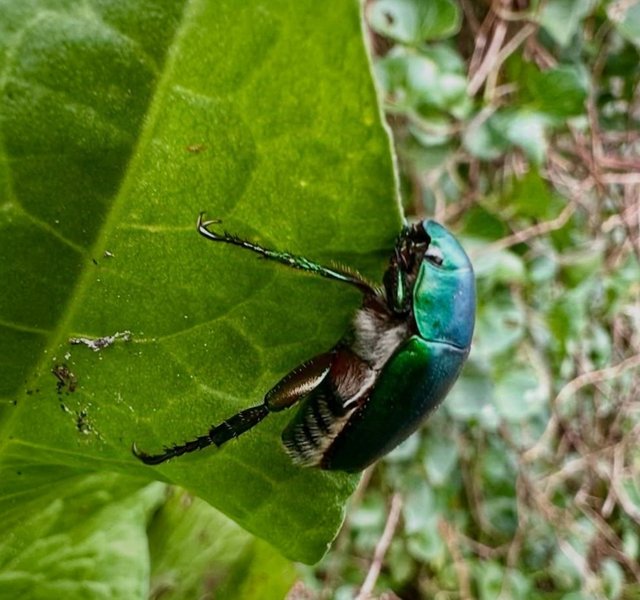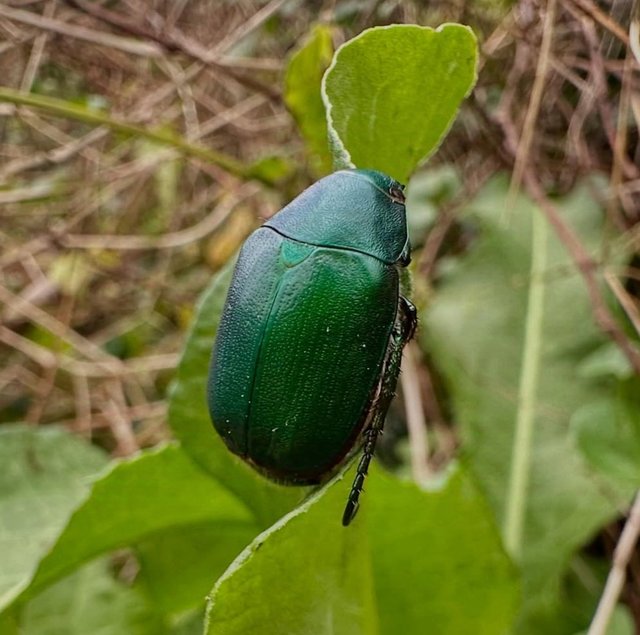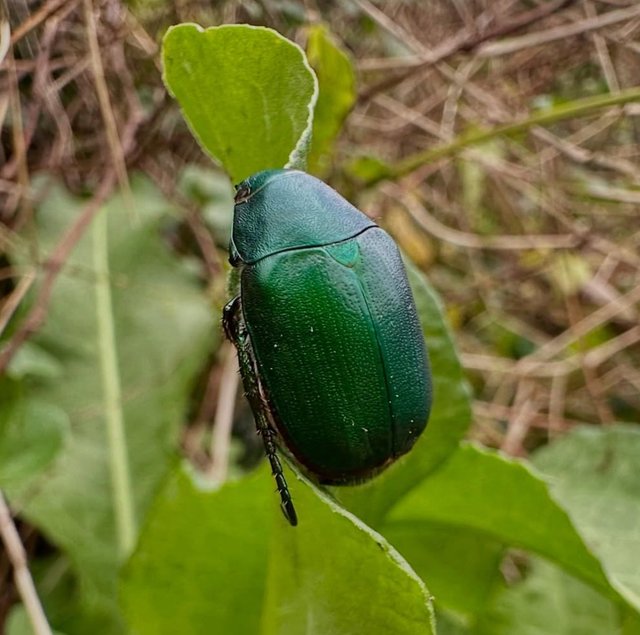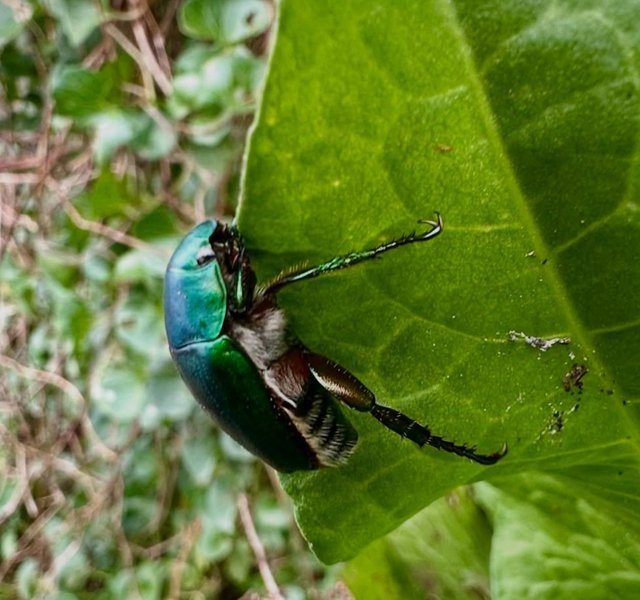The Japanese Beetle: A Comprehensive Guide
The Japanese beetle is a small, invasive insect species that has become a significant pest in many parts of the world, particularly in North America. Originally native to Japan, this beetle was first discovered in the United States in the early 20th century and has since spread across much of the country. Known for their distinctive metallic green and copper coloring, Japanese beetles are both visually striking and agriculturally devastating. This post explores their biology, life cycle, impact, and management strategies.
Physical Description
Japanese beetles are easily recognizable due to their unique appearance. They are about 1/2 inch long, with a shiny, metallic green thorax and copper-colored wing covers. The beetles also have small white tufts of hair along their sides, which help distinguish them from other beetle species. Despite their attractive appearance, they are notorious for their destructive behavior.
Life Cycle
The Japanese beetle undergoes complete metamorphosis, which includes four stages: egg, larva, pupa, and adult.
Egg Stage: Female beetles lay their eggs in moist soil during the summer, typically in grassy areas.
Larva Stage: After hatching, the larvae, commonly referred to as grubs, feed on the roots of grasses and other plants. This stage lasts for about 10 months, during which the grubs cause significant damage to lawns and pastures by feeding on roots.
Pupa Stage: In late spring, the larvae pupate, transforming into adult beetles.
Adult Stage: Adult beetles emerge in early summer, feeding on foliage, flowers, and fruit. They are active for about 6-8 weeks, during which they also mate and lay eggs, restarting the cycle.
Habitat and Spread
Japanese beetles thrive in warm, moist environments and are often found in gardens, agricultural fields, and urban landscapes. They are adept at hitching rides on plants and soil transported by humans, facilitating their spread across large distances.
In Japan, natural predators and environmental factors keep their population in check. However, in countries where they are invasive, such as the United States, they lack natural predators, allowing their numbers to grow rapidly.




